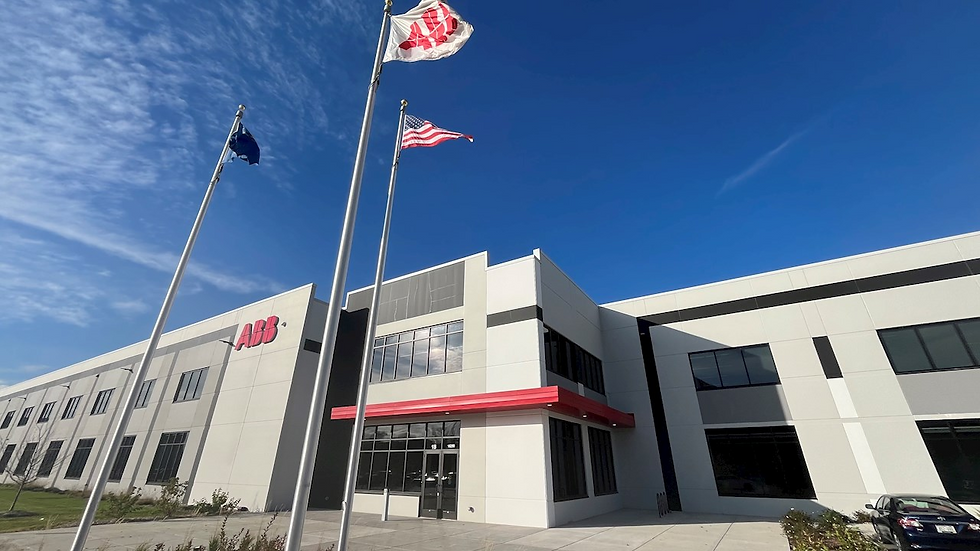Navigating Our Net Zero Project: Mission and Specifications
- Leah Gearhart
- Aug 12, 2024
- 3 min read
Our previous post introduced our project and outlined our vision for a sustainable, energy-efficient building. In this post, we share a couple of essential tools we’ve used to work towards net-zero manufacturing. We rely on our Project Mission and Detailed Specifications and Performance Criteria documents to set our project up for success. These essential documents help us organize, share our vision and specifications with others, and set expectations. We will explain their value and how we use them.
Crafting Our Project Mission Document
The foundation of our project is a well-defined mission document that encapsulates our project vision, delineates our specific goals, and outlines what we want to avoid. It’s a living tool that guides our entire team and ensures everyone is on the same page. Our document incorporates the following:
Must-Haves: These are our non-negotiables. For us, this includes achieving energy efficiency, incorporating zero-energy practices, ensuring the building is aesthetically pleasing, and prioritizing using repurposed materials.
Like-to-Haves: These are desirable features that we would incorporate if resources and circumstances allow. They enhance our project but are not critical.
Don’t Wants: These are elements we specifically wish to avoid in our project. Identifying these helps streamline decision-making and prevent deviations from our core objectives.
Can’t Haves: These are strict limitations or constraints, such as stringent cost targets, utility cost limits, and any other factors that could impact our project’s feasibility or alignment with our sustainability goals.
This mission document is shared with all project team members, including subcontractors and vendors, to ensure that everyone involved clearly understands the project’s vision and can apply their expertise to achieve our goals. By clearly conveying our objectives and constraints, we foster collaboration and alignment throughout the project lifecycle.
Trade-Specific Specifications and Performance Criteria Document
Once our mission is in place, we focus on our detailed outline specification and performance criteria. This comprehensive guide is crucial for translating our vision into actionable steps and serves as the blueprint for measuring and achieving our goals.
For each trade involved in the project, we outline specific performance criteria. For example, if we are implementing geothermal HVAC, we provide our design team with our assumptions and performance expectations. This ensures that all parties involved understand the requirements and can factor them into their budgets and bids.
We then use the document to facilitate the following activities:
Budgeting and Cost Management: As our design evolves, we leverage design team files to automate quantity takeoffs, facilitating rapid budget updates during the schematic budgeting phase. Engaging trade contractors to provide budgets, with at least two opinions per trade, helps us ensure comprehensive coverage and accuracy.
Design Development and Specifications: As we move through design development, this document is pivotal in detailing the performance criteria for various components, such as the thermal performance of windows and the efficiency of HVAC systems. These factors are often not detailed in the initial drawings but are essential for accurate budgeting and design.
Trade Procurement: During preconstruction, this document is updated to ensure that all trade contractors know the intended performance specifications. It helps identify any inconsistencies between the performance expectations and what is noted in the plans. During bidding, this allows contractors to provide accurate and comprehensive bids.
Learn More
If you want to learn more about creating your own vision document or detailed specifications outline, please contact us to discuss further. We hope to offer more valuable insights and inspire others in the industry by sharing our mission and the detailed processes behind our project. Stay tuned for more updates as we build a sustainable future and prove that it makes economic sense.



Comments